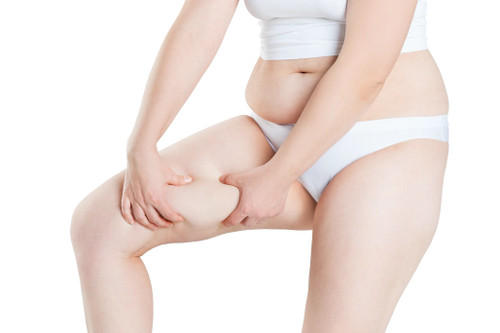Conquering Inner Thigh Chafing with Confidence
Posted by Jack Miller on 10th Dec 2023
In the realm of bodily discomfort, few experiences are as universally relatable as inner thigh chafing. Whether you're an avid runner, a summer enthusiast, or simply someone trying to navigate the challenges of daily life, the sting and irritation caused by inner thigh chafing can be both physically and emotionally taxing. In this blog, we'll explore the causes of inner thigh chafing, its impact on individuals, and most importantly, effective ways to prevent and manage this common issue.
Understanding Inner Thigh Chafing
Inner thigh chafing occurs when friction between the inner thighs leads to irritation and inflammation. This friction can be exacerbated by factors such as moisture, heat, and repetitive motion, making it a common concern for athletes, individuals with larger body sizes, and those living in warmer climates. The discomfort associated with thigh chafing often goes beyond physical pain, affecting one's confidence and daily activities.
The Emotional Impact
The emotional toll of inner thigh chafing is often underestimated. Many individuals who experience chafing may feel self-conscious about their bodies or limited in their clothing choices. The impact of chafing can even deter some people from engaging in physical activities they enjoy, leading to a cycle of discomfort, pain and avoidance. It's crucial to recognize that inner thigh chafing is a common issue, and there are practical strategies to address and prevent it.
Prevention Strategies
Moisture Management
Keeping the inner thigh area dry is crucial. Use moisture-wicking fabrics for clothing, and consider applying talcum powder or an anti-chafing balm to reduce friction.
Appropriate Clothing
Choose loose-fitting clothing, especially during physical activities. Opt for breathable fabrics like cotton or moisture-wicking materials to minimize friction.
Thigh Bands
Thigh bands or anti-chafing bands are specifically designed to create a barrier between the thighs, reducing friction. They are discreet, comfortable, and come in various sizes and styles.
Hydration
Staying hydrated helps maintain the skin's natural elasticity, reducing the likelihood of chafing. Drink an adequate amount of water, especially in warmer weather or during intense physical activities.
Regular Hygiene
Maintaining good hygiene is essential. Shower regularly, pat the inner thigh area dry, and avoid harsh soaps that may strip the skin of its natural oils.
Management Techniques
Topical Relief
Apply soothing creams or ointments as a chafing treatment, containing ingredients like aloe vera or calendula to reduce inflammation and promote healing.
Rest and Recovery
If chafing has occurred, give your skin time to heal by avoiding activities that may exacerbate the irritation. Resting and allowing the skin to recover is a crucial step in the process.
Medical Intervention
In severe cases, consider consulting a healthcare professional. They may recommend specific creams, ointments, or, in rare instances, prescribe medications to alleviate infections.
Conclusion
Inner thigh chafing is a common concern, but it's essential to approach it with a proactive mindset. By implementing preventive measures and embracing a positive attitude, individuals can reclaim their comfort and confidence. Remember, you're not alone in this experience, and there are practical solutions available to help you overcome the challenges of inner thigh chafing.

